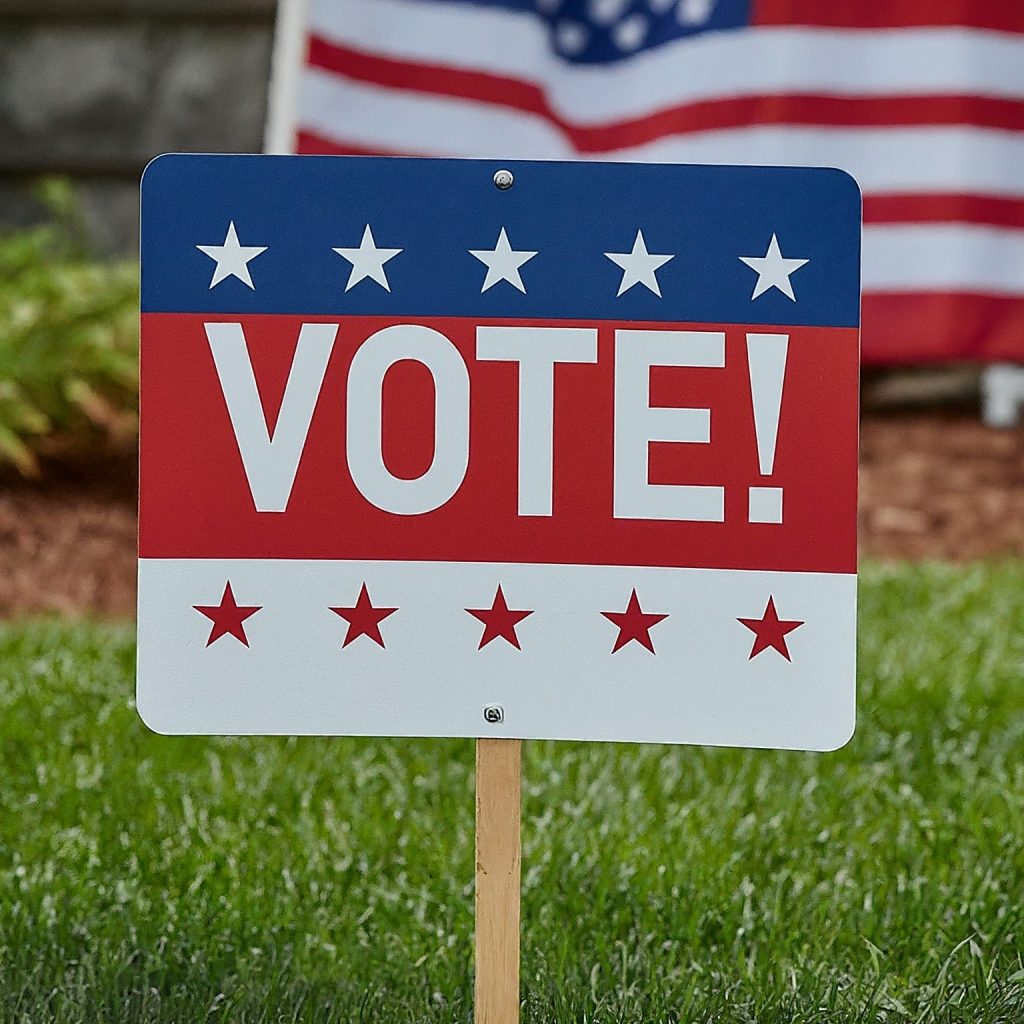Sign Design Basics: Logo Designs

We’ve all seen them – they are everywhere we look. Whether in a book, on TV, on the street, or in a shop. Famous people stand behind them, children drive their parents bananas because of them, and people use them to decide if a purchase is worthwhile or not. Have you guessed what they are yet? No? Really? Alright then, in the spirit of fair play I’ll tell you… BRAND NAMES! I know you already knew that… you were just testing me 🙂
Every brand name in the universe (yes, I am almost positive that aliens are aware of them too) has one unique thing in common no matter how different that brand may be. This element is very important but sometimes overlooked by customers who contact us to buy signs. In case you aren’t already ahead of me again, I’m talking about logos.
A logo is the graphic element of a trademark or brand, which is set in a special typeface/font, or arranged in a particular, but a legible way. The shape, color, typeface, etc. should be distinctly different from others in a similar market. The logo of a business should be a symbol or have a special meaning that defines a business. For example, if your business is in the computer industry such as a web designer, graphic artist, web developer, or data entry clerk, that symbol might be a computer, keyboard or mouse. When picking a logo for your business make sure the logo has a theme that matches your business and it is different from other business logos. You are looking for a unique image that will identify your business.
You would be surprised by how many people don’t even have a logo of some sort. And these things are imperative to branding your company. I want you to know, I understand. Logo creation can be a very large expense if you go to the experts (recommended), but you don’t have to spend so much. I believe in your creative potential and the power of your imagination. It IS your company, YOUR service, and you alone know exactly what the logo should represent. To get you started on that creative path, I have gathered a few resources for you:
https://www.logomaker.com/ – free logo designer (online)
https://www.designevo.com/– free logo designer (online)
https://cooltext.com/ – free text designer (online)
https://www.allgraphicdesign.com/logo.html – tips and tools
There are a few things you should keep in mind when designing your logo:
1. A logo doesn’t need to say what a company does – it just IS
The Mercedes logo isn’t a car. The Virgin Atlantic logo isn’t an airplane. The Apple logo isn’t a computer. Etc.
2. Not every logo needs a mark
Sometimes all you need is a professional logotype (text) instead of an image to identify your business.
3. Picasso had to start somewhere
You don’t have to be an artist to sketch out some basic ideas to get you started.
4. Leave trends to the fashion industry
Trends come and go, and when you’re talking about changing a pair of jeans, or buying a new dress, that’s fine, but where your brand identity is concerned, longevity is key; don’t follow the pack. Stand out.
5. Work in black first
By leaving color to the end of the process, you focus on the idea.
6. Keep it appropriate
Designing for a law firm? Ditch the fun approach. Designing for a kid’s TV show? Nothing too serious. I could go on, but you get the idea.
7. Simplicity aids recognition
Keeping the design simple allows for flexibility in size. Ideally, your design should work at a minimum of around one inch without loss of detail. Look at the logos of large corporations like Mitsubishi, Samsung, FedEx, BBC, and the ever popular McDonalds. Their logos look simple and are easier to recognize because of it.
8. One thing to remember
That’s it. Leave your clients with just one thing to remember about the design. All strong logos have one single feature to help them stand out. Not two, not three, not four.
One.
Good luck with your logo design! We look forward to seeing it in the future J
- Logo Design Tips by Steve at The Logo Factory
A great post outlining some very helpful design tips. - How NOT to design a logo from Web Designer Depot
An article outlining ways not to go about getting your logo designed. - Iconic Logo Designers by David Airey
A mini-website of some of the world’s most iconic logo designers. - 45 Rules of Creating A Great Logo Design from Tanner Christensen.
A fairly accurate list of “logo design rules.” Take it as a guide only. - 80 Beautiful Typefaces for Professional Design
A classic from Smashing Magazine. A thorough list of classic typefaces. - The Ultimate List of Logo Design Resources by Just Creative Design
If you are looking for logo resources, this is the place to go. - Top 10 Logo Design Inspiration Galleries by Logo Designer Blog
A list of the top 10 recommended logo design inspiration galleries.



